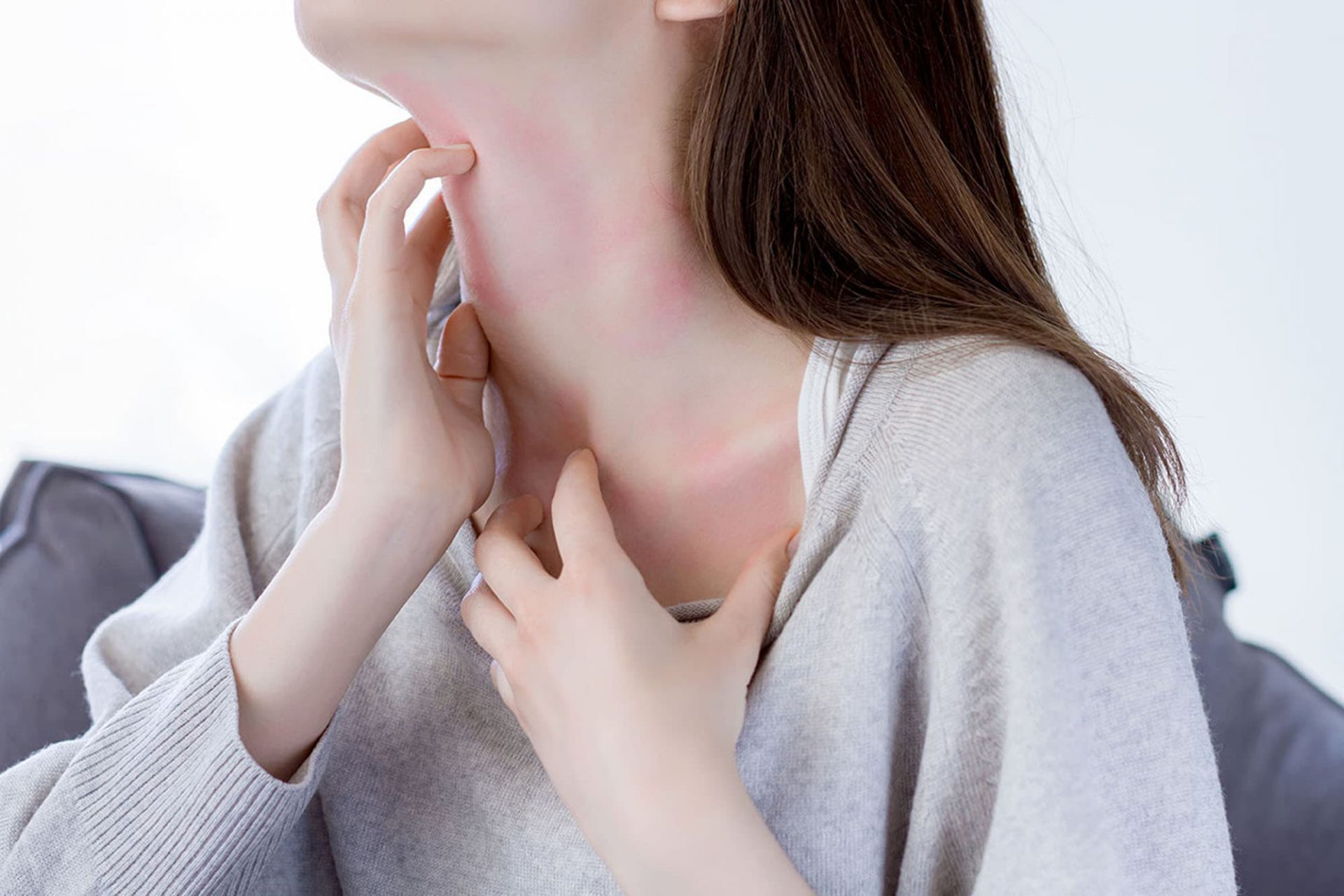
Skin Assessments
Occupations such as construction work, rubber making, printing, paint spraying, agriculture, horticulture, electroplating, cleaning, catering hairdressing, floristry and health service work are all associated with occupational acquired skin problems.
Skin Assessments
Where it is not reasonably practicable to prevent skin exposure to chemicals, the employer must consider and apply, as appropriate for the circumstances of the work, the ‘principles of good control practice’. To achieve adequate control of skin exposure this includes all of the following:
- Design and operate processes and activities to minimise emission, release and spread of substances hazardous to health
- Take account of all relevant routes of exposure (skin, ingestion and inhalation) when developing control measures
- Control exposure by measures that are proportionate to the health risk
- Choose the most effective and reliable control options, taking into account ergonomics and ease of use
- Provide suitable PPE where adequate control cannot be achieved by other means
- Check and review of all control measures for their continued effectiveness inform or train employees on the hazards,
risks and use of controls measures - Ensure control measures introduced do not increase overall risks to health and safety
If you would like to discuss Skin Surveillance or any of the other health surveillance services we offer, please contact our team at enquiries@mariechurchcbt.co.uk or call us on 07488302282.

Substances that may cause Skin Damage and Dermatitis:
- Epoxy resins
- Latex
- Rubber chemicals
- Soaps and cleaners
- Metalworking fluids
- Cement
- Wet work
- Enzymes
- Wood
- Corrosive/irritating chemicals
- Solvents
- Oils